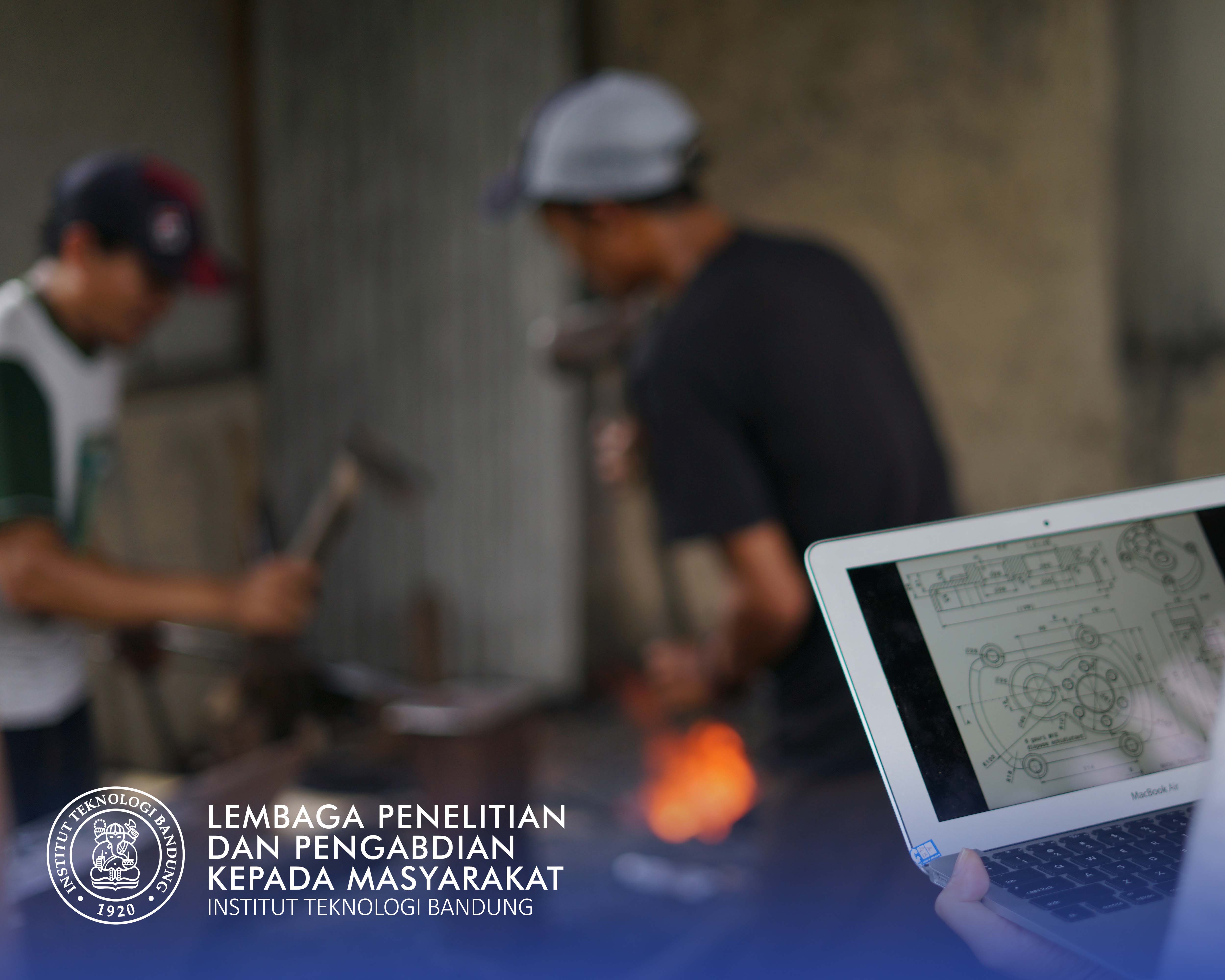

Atik Aprianingsih
Slow fashion is about designing, producing, consuming and living better by considering environmental and social sustainability and by producing beautiful andconscientious garments at a lower speed (Jung and Jin, 2014). There are few stores that fully encompass the ideals of slow fashion in Indonesia, such as Kana Goods, Seratus Kapas, Osem, Imaji Studio, Biasa, Sejauh Mata Memandang, fbudi, SukkhaCitta, and Canaan. It means there is an increasing trend of Indonesian consumers to shift from fast fashion to slow fashion. However, the support and consideration for slow fashion products often fails to translate into actual purchase (Chan and Wong, 2012). Indeed, several studies found that even though consumers in general have positive attitudes toward sustainable products, they often end up not purchasing sustainable products (Shen et al., 2013). Thus, a gap between consumer's attitudes and actual purchase behaviours for slow fashion exists. Consequently, there are still lingering questions regarding what factors that may enhance the purchase intention of slow fashion products. This study addresses the research gap by using environmental values as one of predictors that increase positive attitudes towards slow fashion, thus influencing the purchase intention.
Penerapan Karya Tulis
Fast fashion is known as a strategy that creates an efficient supply chain in order to produce fashionable merchandise rapidly while quickly responding to consumer demand (Levy and Weitz, 2008). The ability of fast-fashion retailers to send products from the design stage to the store shelf within two weeks; encouraging consumers to buy lots quantities of low-priced goods every week (Watson and Yan, 2013). This phenomenon raises many recent and future problems and concerns. Some of common ethical concerns which emerged within the fast fashion context are worker welfare and labour practices, animal welfare, environmental impacts and concerns surrounding waste during both production and disposal of fashion items. As this concern spreads, consumer's awareness and demands for green products have gradually increased in the apparel industry. Slow fashion highlights alternative approaches to fashion and presents a challenge to the rest of the industry by suggesting that “fast fashion needs to slow down” (Dory, 2018). As opposed to fast fashion, slow fashion enables the users to wear the products for a long period of time due to its quality over quantity value.